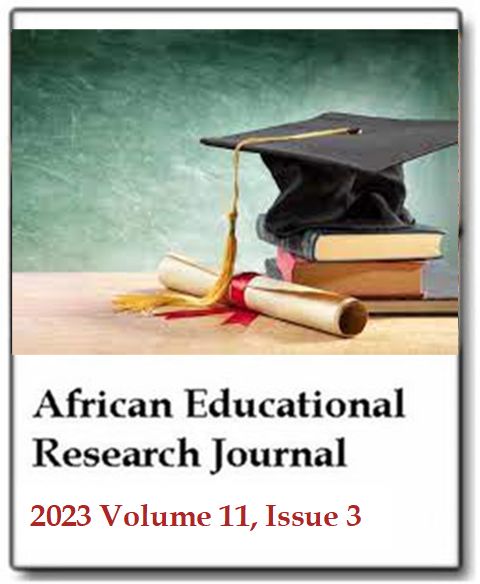Mathematics education faculty members' perceptions of barriers to distance education: Q-method analysis
Mustafa Çağrı GürbüzAfrican Educational Research Journal
Published: September 12 2023
Volume 11, Issue 3
Pages 468-479
DOI: https://doi.org/10.30918/AERJ.113.23.081
Abstract
As a result of the great earthquake disaster in Turkey, mathematics education in universities was reorganized as distance education after the pandemic period. This article aims to identify the barriers to distance education practices in higher education. In line with the aim of this study; Q methodology was used to help determine the perceptions and perspectives of faculty members regarding the barriers to distance education in the process of teaching mathematics in higher education. Q methodology aims to reveal the internal frame of reference of individuals through their preferences. According to the findings of the study, participants identified barriers under 3 factors. These 3 factors, in order of weight, represent student, curriculum and technology barriers. In general, it was seen that the 4 factors revealed by the methodology in the study yielded results compatible with the literature. However, it was determined that the barriers arising from the teacher did not carry a factor load in the study. Another unique result was the identification of barriers arising from the nature of mathematics. It was understood that there are unique obstacles specific to the field of mathematics due to pedagogy and curriculum. In this respect, investigating the barriers to field-specific extended education will provide more accurate findings. In this study, which was conducted with Q methodology and supported by qualitative data, the identified barriers to distance education were consistent with the general literature. Q methodology reveals that it is a compatible tool for various research in similar situations.
Keywords: Barriers to distance education, mathematics education, Q methodology.
Full Text PDFThis article is published under the terms of the Creative Commons Attribution License 4.0

